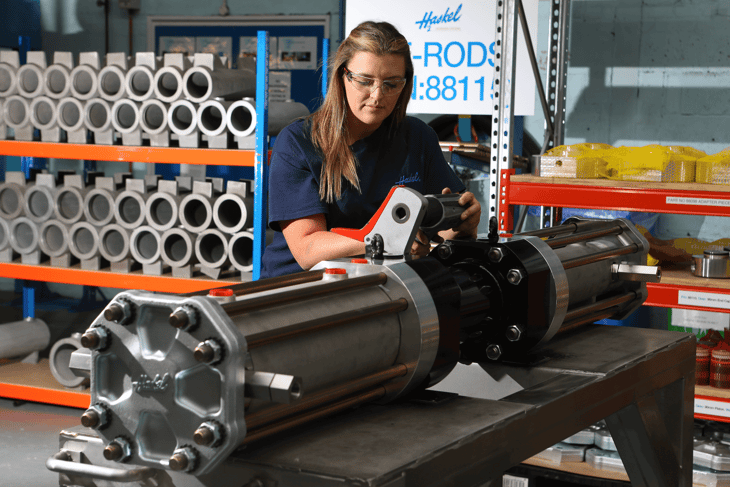If hydrogen mobility is to play a major role in the world’s energy transition and help to combat climate change, refuelling infrastructure will be key to its adoption. Many observers believe that international government policy toward hydrogen has reached a tipping point and that the public/private investment needed to deploy a hydrogen refuelling station network, at the level needed for a viable hydrogen economy, is starting to materialise.
To realise such an economy, gas compression technology will have to continue meeting and adapting to evolving market demands. Simply put, gas compression (boosting) is at the heart of making hydrogen refuelling possible.
Gas compression technology
Gas compression has been around for a long time and is used in a range of applications where gas transfer of increased pressure is required. Operators from a range of different industries use a variety of compression technology depending on the type of gas that is being compressed, the amount of pressure increase and the flowrate that needs to be achieved. So the compression of hydrogen is not new, but its use in such a wide range of refuelling applications is, and this is placing the spotlight on the important role that gas compression plays as a critical part of a hydrogen refuelling station.
... to continue reading you must be subscribed





